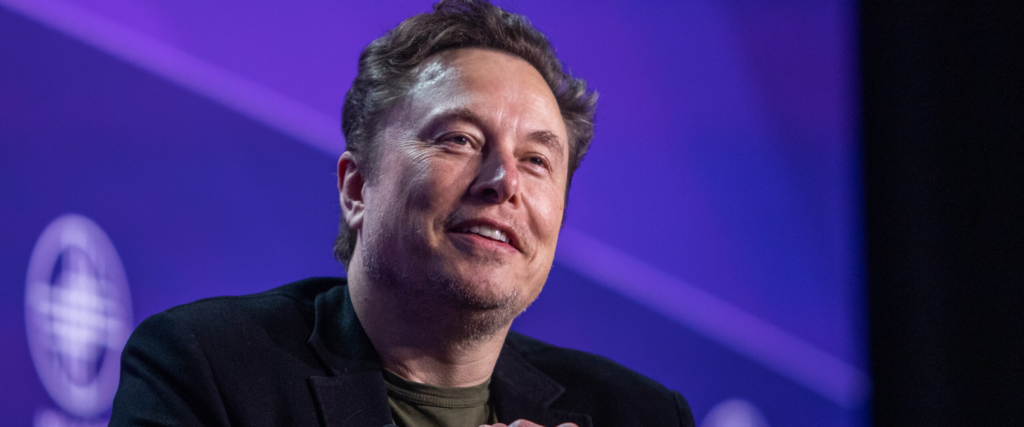Hollywood Is Not Back Yet: Neither Is Reality TV
When Hollywood writers went on strike in 2007 and 2008, unscripted TV production surged. Scripted projects stalled during the work stoppage, and studios turned to reality TV — a cheaper, faster format that didn’t rely on union writers — to fill the airwaves. Audiences began keeping up with the Kardashians, the Bachelorette, X Factor, or House Hunters. A new era of television was born.
But around the time writers walked out again in 2023, something strange happened. From April through June, reality TV production in the Greater Los Angeles area plummeted by 57% compared with the same period last year and 50% compared with the five-year average, according to FilmLA, a nonprofit organization that tracks on-location shoot days and filming permits in the county. (The five-year average excludes three months in 2020 when production shut down because of COVID-19.)
The decline is largely a symptom of an industrywide contraction that began before last year’s strikes and has persisted since. Most forms of production have stabilized at roughly 15% below what FilmLA would consider a normal amount of filming activity in Los Angeles. Not so for reality shows; their crisis seems deeper and perhaps permanent.
After the lockdown, unscripted production rebounded quickly because reality TV shows were easier to make under Hollywood’s new health protocols. A similar phenomenon occurred during the strikes because most reality programming doesn’t employ Writers Guild of America members or SAG-AFTRA actors. Drew Barrymore’s show, for instance, announced at one point during the strike that it would resume with non-union writers.
That period of relative prosperity led to an “artificial high” for reality TV, said Paul Audley, president of FilmLA. But unlike the COVID-19 regulations and the walkouts, the current wave of belt-tightening and production cutbacks is affecting everyone and is hitting reality TV especially hard.
The rise of streaming services, which depend less on new reality programming, and corporate mergers have resulted in fewer cable channels producing fewer shows. Studios are slashing their production slates and budgets in the wake of the so-called streaming wars, while production companies are filming projects in the United Kingdom, Ireland, and other places around the world to save money.
Editors, who make up much of the reality TV workforce, told the Los Angeles Times it’s been especially hard to find jobs because even projects that film in town are doing postproduction elsewhere.
Source: LA times
Share:
When Hollywood writers went on strike in 2007 and 2008, unscripted TV production surged. Scripted projects stalled during the work stoppage, and studios turned to reality TV — a cheaper, faster format that didn’t rely on union writers — to fill the airwaves. Audiences began keeping up with the Kardashians, the Bachelorette, X Factor, or House Hunters. A new era of television was born.
But around the time writers walked out again in 2023, something strange happened. From April through June, reality TV production in the Greater Los Angeles area plummeted by 57% compared with the same period last year and 50% compared with the five-year average, according to FilmLA, a nonprofit organization that tracks on-location shoot days and filming permits in the county. (The five-year average excludes three months in 2020 when production shut down because of COVID-19.)
The decline is largely a symptom of an industrywide contraction that began before last year’s strikes and has persisted since. Most forms of production have stabilized at roughly 15% below what FilmLA would consider a normal amount of filming activity in Los Angeles. Not so for reality shows; their crisis seems deeper and perhaps permanent.
After the lockdown, unscripted production rebounded quickly because reality TV shows were easier to make under Hollywood’s new health protocols. A similar phenomenon occurred during the strikes because most reality programming doesn’t employ Writers Guild of America members or SAG-AFTRA actors. Drew Barrymore’s show, for instance, announced at one point during the strike that it would resume with non-union writers.
That period of relative prosperity led to an “artificial high” for reality TV, said Paul Audley, president of FilmLA. But unlike the COVID-19 regulations and the walkouts, the current wave of belt-tightening and production cutbacks is affecting everyone and is hitting reality TV especially hard.
The rise of streaming services, which depend less on new reality programming, and corporate mergers have resulted in fewer cable channels producing fewer shows. Studios are slashing their production slates and budgets in the wake of the so-called streaming wars, while production companies are filming projects in the United Kingdom, Ireland, and other places around the world to save money.
Editors, who make up much of the reality TV workforce, told the Los Angeles Times it’s been especially hard to find jobs because even projects that film in town are doing postproduction elsewhere.
Source: LA times









